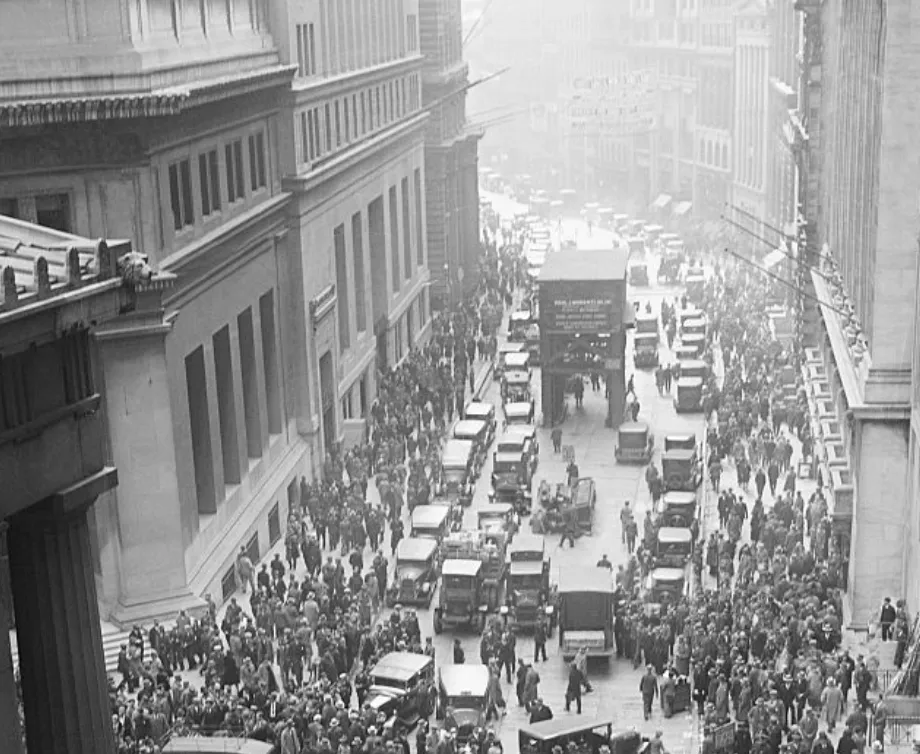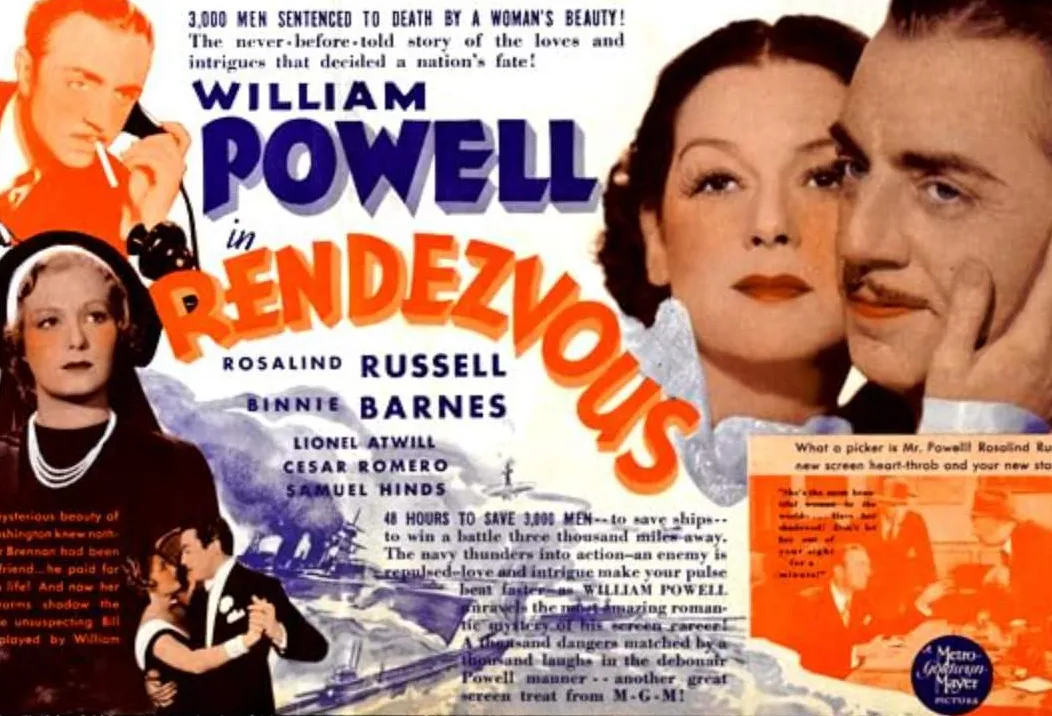Flush With Intrigue: Was Poker-Playing Spy Herbert Yardley a Traitor or Hero?
Almost a century before Edward Snowden brought frowns and curses to the lips of NSA officials, there was Herbert O. Yardley, a poker-playing codebreaker who exposed US government secrets in his tell-all book The American Black Chamber (1931). Yardley was an intellect, an athlete, and a gambler - the kind of man 007 might have bumped into at the casino.
In fact, 007’s creator Ian Fleming wrote a three-page preface to the British edition of Yardley’s bestseller The Education of a Poker Player (1959). Fleming, a British naval intelligence officer, considered Yardley his kind of spy: “Zest, blood, sex, and a tough, wry humor reminiscent of Raymond Chandler." What’s not to like?
In the Roaring ‘20s and depressive ‘30s though, Yardley was as controversial as NSA whistleblower Snowden and considered as dangerous as Pentagon Papers leaker Daniel Ellsberg. When his US cipher division shut down, Herbert Yardley did what he had to do to make ends meet - even if that meant spilling spy secrets and teaching codebreaking in China.
.webp)
Yardley: the spy with his cards close to his chest
Born in small-town Worthington, Indiana in 1889, Yardley lived the American dream. “It was almost inevitable that he would become the president of his high school class, editor of the school papers, and captain of the football team,” James Bamford writes in The Puzzle Palace.
Yardley hung around a saloon known as Monty's Place where he learned five-card stud and five-card draw. Indiana was too small to contain Yardley’s ambitions, so he boarded a train to D.C. in 1912 and landed a $900-a-year job as a code clerk and telegrapher for the US State Department. Colleagues were impressed years later when it took Yardley less than two hours to solve a 500-word message sent by presidential adviser Colonel Edward M. House to President Woodrow Wilson.
By 1917, Yardley was a second lieutenant in charge of Military Intelligence Section Eight. The unit would eventually decipher more than 10,000 coded messages sent by foreign governments, an astonishing figure at the time. The CIA and NSA weren’t even born when Yardley shipped off to Paris with orders to develop a close relationship with France’s Chambre Noire - aka, the Black Chamber that spied on French elites and their Allies.
During a post-WWI Peace Conference in 1918, Yardley was in his element intercepting and deciphering diplomatic message traffic. “Much of the intercepted traffic related to the intrigues of secret agents and espionage operations that abounded during the conference, each nation doing its best to read each other’s cards,” Bamford writes.
Yardley returned in 1919, vowing to break the Japanese code within a year or quit. He nailed it with the help of his assistant, Frederick Livesey, within five months and considered it one of his greatest personal triumphs. The breakthrough allowed the US to read Japanese diplomatic communications during fraught negotiations for the next decade. Yardley likened it to a stud poker player who could read his opponent’s hole card: “All it [America] needed to do was mark time.”

Cables and codes
The codebreaking business quieted down after WWI, yet the US State Department was still hungry for intelligence. Along with Yardley, they persuaded Western Union and other US companies to secretly supply America’s Black Chamber with telegrams - deftly using a legal loophole to sidestep legislation.
Each morning, couriers delivered telegrams to the Military Intelligence Unit so they could be copied and returned before the close of the business day. By 1921, the arrangement was strained when an American sub-chaser aimed its weapons at the Western Union cable ship Robert C. Clowry and sent a shell across its bow. When the Radio Act of 1927 closed the legal loophole, Yardley and his Black Chamber code breakers were left scrambling for work.
The death knell sounded with the appointment of Henry L. Stimson as Secretary of State. Stimson was shocked by the Black Chamber’s dark arts, famously declaring: “Gentlemen do not read each other’s mail.” On October 31, 1929, the Black Chamber officially closed and Indiana’s golden boy was unemployed. That same month, Black Tuesday - the Wall Street stock market crash of ‘29 - helped trigger the Great Depression.
With no civil service status or retirement benefits to fall back on, Yardley was a busted flush.

"The brand new social experience where you activate your gaming skills as you train like a spy."
- TimeOut
Take on thrilling, high-energy espionage challenges across different game zones.

Yardley: from Washington to Hollywood
In the early 1930s, Yardley - now an unemployed gambler - published The American Black Chamber, bringing him fame, a small fortune, and a lot of resentment from US spies who felt he'd broken ranks. Japan was supremely interested to discover its diplomatic cables were targeted by US spies during international treaty negotiations. So were 20 other countries targeted by the US.
Yardley’s book was translated, serialized in Japan’s newspapers, and Burakku Chiyemba was soon an international bestseller. Unsurprisingly, many countries decided to upgrade their security and codes.
“The State Department, in the best tradition of Mission: Impossible, promptly disavowed any knowledge of Yardley's activities,” according to a declassified NSA document.
Yardley, meanwhile, was living the high life. He dabbled at fiction writing, including Red Sun of Nippon about a US State Department officer who romances a Chinese-American woman as they uncover a Japanese plan to invade Manchuria. Hollywood beckoned with an offer advising on Rendezvous (1935), a Rosalind Russell movie about an American cryptologist who tangles with German spies while falling in love.

Codebreaking in China
By the end of the 1930s, with WWII approaching, Yardley’s codebreaking talents were again in demand. He worked in China cracking the Japanese Army’s field codes and ciphers at a time when US support for China had increased dramatically under President Franklin D. Roosevelt. Yardley insisted his use of the alias ‘Herbert Osborn’ was intended to reduce the chances of being recognized and possibly assassinated by the Japanese.
He also took time out in China to tutor his interpreter in five-card draw (lowball), seven-card stud, and seven-card stud hi-lo, according to Poker News.
Yardley’s next stop was Canada where the Canadians hired Yardley on a six-month contract in 1941. While still using the alias Herbert Osborn, he set up the ‘Examination Unit’ which was housed by the National Research Council under the administration of the Department of External Affairs to serve the armed forces, Royal Canadian Mounted Police, and the postal and telegraph censors.
Yardley was still persona non grata in the US intelligence community though, and after more than 20 years in the spying game he was ready to retire.
A life of fine wine and poker

Yardley settled into his new life of wine, women and poker, eventually writing another bestseller - this one about how to win at cards - which was also published in Britain with Fleming’s help. Unfortunately, Yardley died in 1958 and would never meet Ian Fleming.
Yardley’s poker book lived on for decades, however, one of the few how-to books of its kind which trained a new generation in the art of Doctor Pepper, Baseball, and Spit-in-the-Ocean. Time magazine called it "a primer for all serious players".
Herbert Yardley suffered a stroke shortly before the publication of The Education of a Poker Player and died at the age of 69. He was buried with full military honors in Arlington National Cemetery. Several of the obituaries referred to him as ‘the father of cryptography in America’.
Herbert O. Yardley: traitor or hero?
In 1967, years after his death, even more drama surrounding Yardley when espionage writer Ladislas Farago, author of The Broken Seal, accused him of selling cryptology secrets to the Japanese for $7,000 to support his gambling and drinking habits, and because Yardley was bitter about his treatment at the hands of the US government. The claim was met with skepticism in some quarters but because of Yardley’s past disclosures, there was also unease.
Farago's source was material contained in the archives of the Japanese Foreign Ministry, microfilm copies of which had been deposited in the US Library of Congress in 1953. Were the allegations true? The NSA, founded a year earlier in 1952, got to work: “NSA's investigations tend strongly to substantiate Farago's basic claim, although much of the rest of his account of the transaction either could not be confirmed or was found to be wrong.”
In 1999, the National Security Agency inducted Yardley posthumously into the NSA Hall of Honor.
SPYSCAPE+

Join now to get True Spies episodes early and ad-free every week, plus subscriber-only Debriefs and Q&As to bring you closer to your favorite spies and stories from the show. You’ll also get our exclusive series The Razumov Files and The Great James Bond Car Robbery!


Gadgets & Gifts
Explore a world of secrets together. Navigate through interactive exhibits and missions to discover your spy roles.
Your Spy Skills
We all have valuable spy skills - your mission is to discover yours. See if you have what it takes to be a secret agent, with our authentic spy skills evaluation* developed by a former Head of Training at British Intelligence. It's FREE so share & compare with friends now!
* Find more information about the scientific methods behind the evaluation here.


Stay Connected
Follow us for the latest
TIKTOK
INSTAGRAM
X
FACEBOOK
YOUTUBE